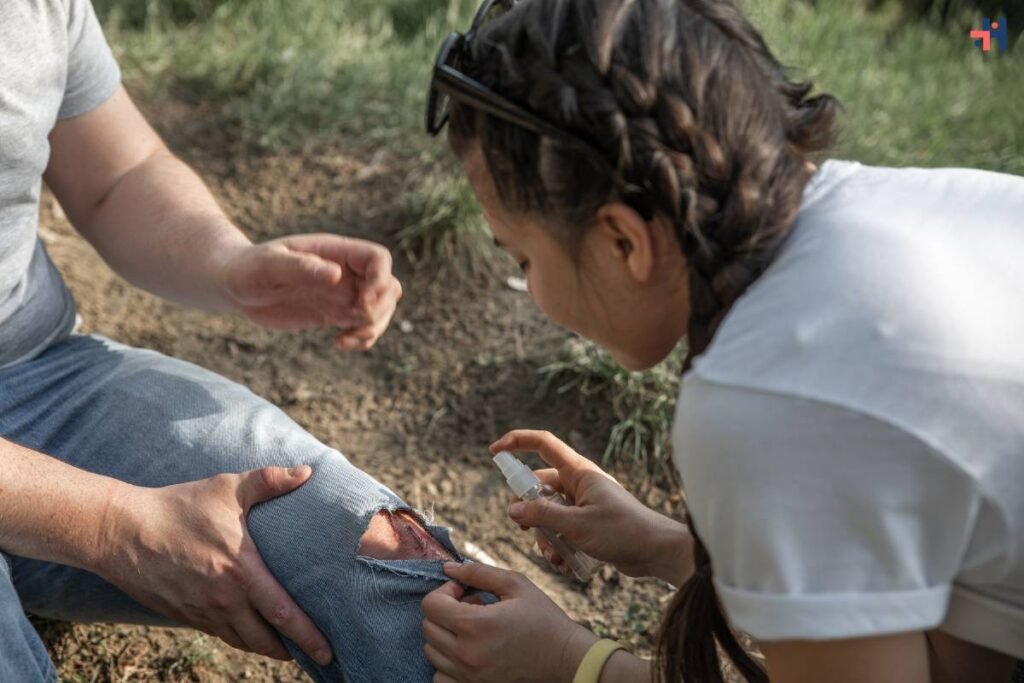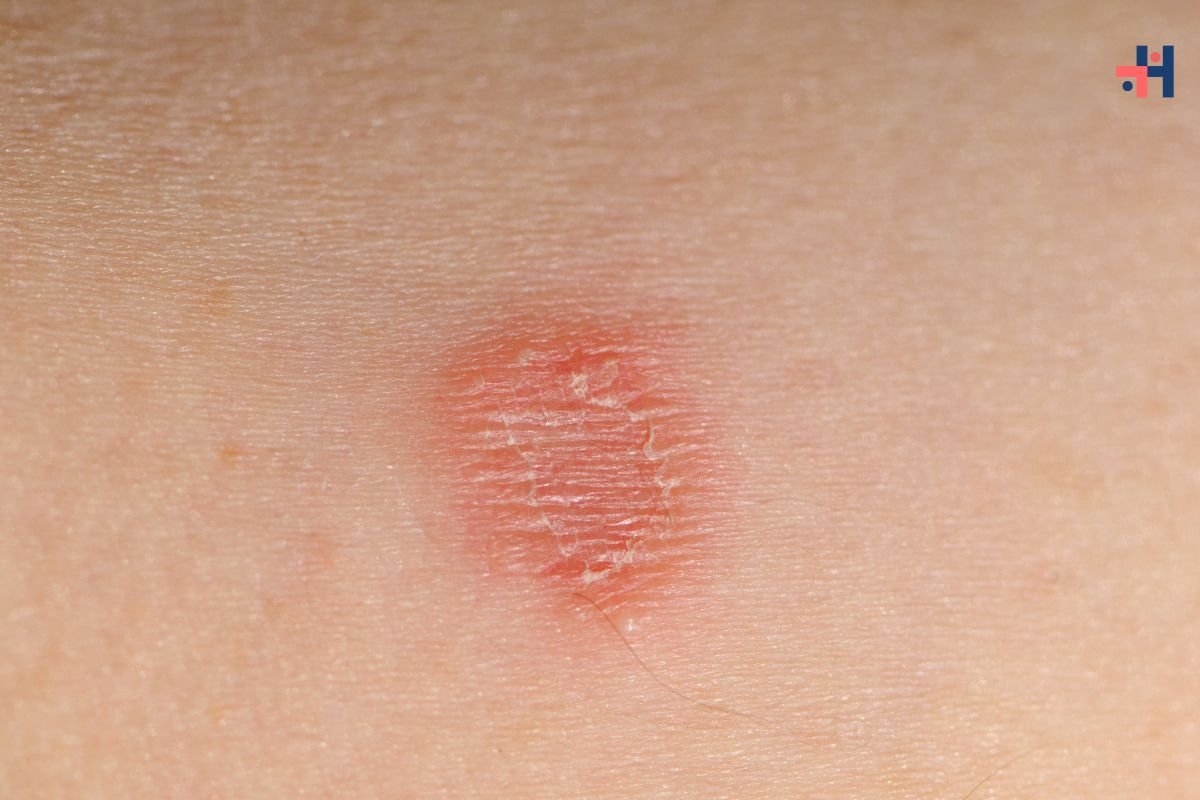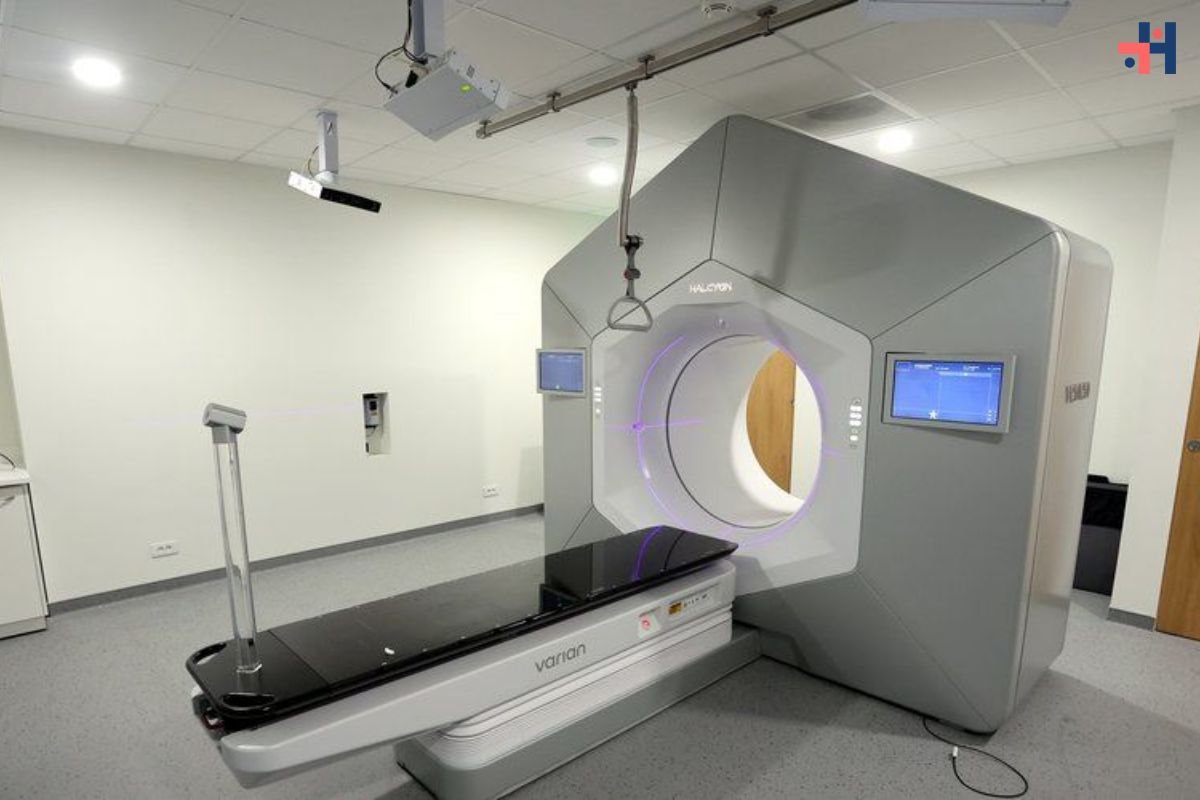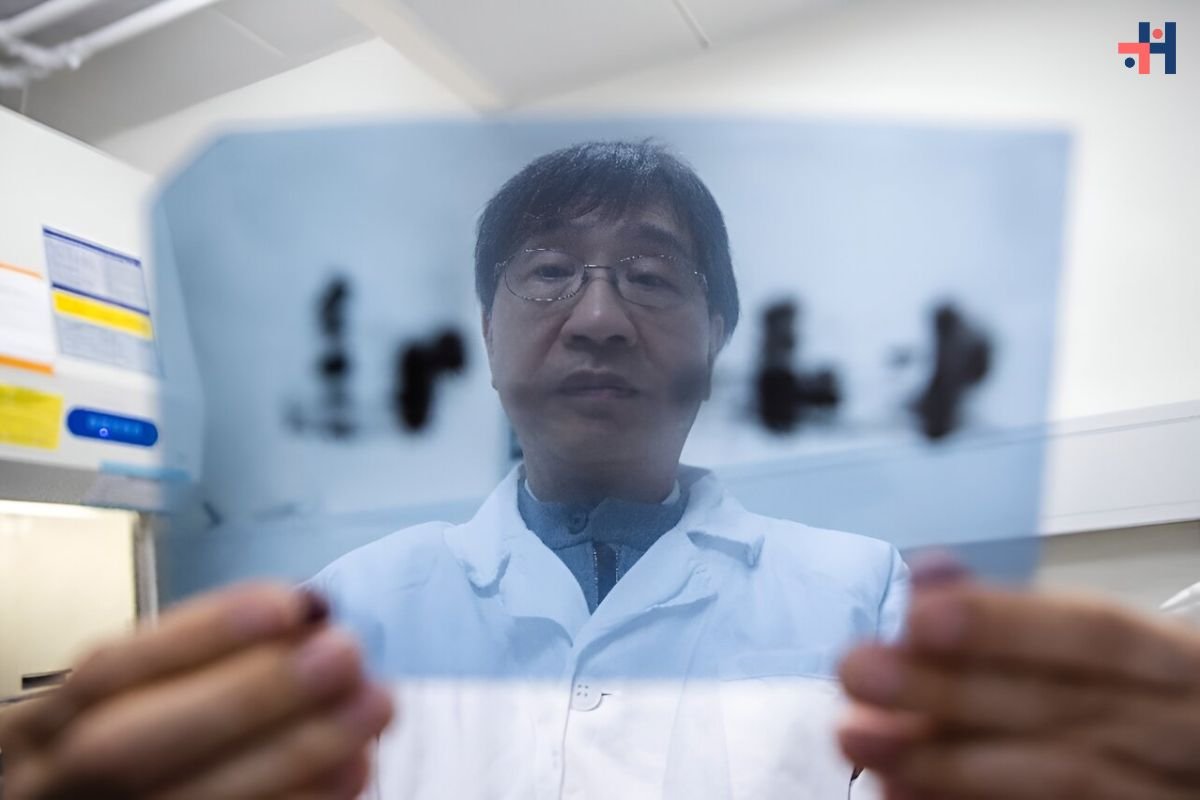Wounds, whether physical or emotional, are an inevitable part of the human experience. From cuts and bruises to the scars left by trauma, the process of healing is complex and multifaceted. Understanding this journey to recovery can provide valuable insights into how we can better support ourselves and others through challenging times. In this article, we’ll delve into the intricate process of healing wounds, exploring both the physical and emotional aspects, and uncovering strategies for promoting healing and resilience.
The Physical behind the Process of Healing Wounds:
Physical wounds, such as cuts, burns, and injuries, follow a well-defined process of healing. This process typically unfolds in several stages:
- Hemostasis: The first stage of wound healing involves the body’s immediate response to injury. Blood vessels constrict to reduce bleeding, and platelets form a clot to seal the wound and prevent further blood loss.
- Inflammation: Inflammation is a natural response to injury and plays a crucial role in the healing process. During this stage, white blood cells migrate to the wound site to remove debris and fight off infection. The area may become swollen, red, and warm to the touch as the body works to repair damaged tissue.
- Proliferation: Once the wound is clean and free from infection, the body begins to rebuild tissue. Fibroblasts produce collagen, a structural protein that forms the framework for new tissue growth. Blood vessels also regenerate, restoring blood flow to the area and facilitating healing.
- Remodeling: The final stage of wound healing involves remodeling and strengthening the new tissue. Collagen fibers realign to increase tensile strength, and the scar gradually becomes less noticeable over time. This process can take weeks to months, depending on the size and severity of the wound.
Emotional Healing and Resilience:

While the physical process of healing wounds may be visible to the naked eye, emotional wounds often remain hidden beneath the surface. Healing emotional wounds requires self-awareness, self-compassion, and support from others. Here are some key principles of emotional healing and resilience:
- Acknowledge you’re Feelings: The first step in healing emotional wounds is to acknowledge and validate your feelings. Allow yourself to experience a full range of emotions, including sadness, anger, and fear, without judgment or self-criticism.
- Practice Self-Compassion: Treat yourself with kindness and understanding, especially during difficult times. Practice self-care activities that nourish your mind, body, and spirit, such as meditation, journaling, or spending time in nature.
- Seek Support: Don’t be afraid to reach out for support from friends, family, or mental health professionals. Talking about your feelings with someone you trust can provide comfort and validation, helping you feel less alone in your healing journey.
- Cultivate Resilience: Resilience is the ability to bounce back from adversity and grow stronger in the process. Cultivate resilience by focusing on your strengths, setting realistic goals, and practicing positive coping strategies, such as gratitude and optimism.
Strategies for Promoting the Process of Healing Wounds:
Whether physical or emotional, the process of healing wounds can be facilitated by adopting healthy lifestyle habits and seeking appropriate medical or therapeutic interventions. Here are some strategies for promoting healing:

- Maintain Good Hygiene: Keep physical wounds clean and dry to prevent infection and promote healing. Follow your healthcare provider’s instructions for wound care, including dressing changes and medication management.
- Eat a Nutrient-Rich Diet: Nutrition plays a crucial role in supporting the body’s healing process. Eat a balanced diet rich in vitamins, minerals, and antioxidants to fuel cellular repair and regeneration.
- Get Adequate Rest: Adequate rest is essential for both physical and emotional healing. Prioritize sleep and relaxation to allow your body and mind to recharge and repair.
- Stay Active: Regular physical activity can promote circulation, reduce inflammation, and boost mood, all of which contribute to the healing process. Choose activities that you enjoy and can safely participate in, such as walking, swimming, or yoga.
- Practice Mindfulness: Mindfulness techniques, such as deep breathing, meditation, and guided imagery, can help reduce stress and promote relaxation, facilitating the body’s natural healing mechanisms.
- Express Yourself Creatively: Engaging in creative activities, such as art, music, or writing, can provide a therapeutic outlet for processing emotions and promoting healing. Allow yourself to express your thoughts and feelings in a way that feels authentic and meaningful to you.
- Connect with Nature: Spending time in nature has been shown to have numerous health benefits, including reducing stress, improving mood, and promoting relaxation. Take time to enjoy the outdoors, whether it’s going for a hike, gardening, or simply sitting in a park and soaking up the sunshine.
- Practice Gratitude: Cultivate an attitude of gratitude by focusing on the positive aspects of your life, even during difficult times. Keeping a gratitude journal or simply taking a few moments each day to reflect on what you’re thankful for can help shift your perspective and promote healing.
- Set Boundaries: Establishing healthy boundaries is essential for protecting your emotional well-being and promoting healing. Learn to say no to activities or people that drain your energy or trigger negative emotions, and prioritize activities that bring you joy and fulfillment.
- Seek Professional Help: If you’re struggling to cope with emotional wounds or finding it challenging to heal on your own, don’t hesitate to seek professional help. A therapist or counselor can provide support, guidance, and tools for navigating your healing journey.

Conclusion:
Healing wounds, whether physical or emotional, is a journey that requires time, patience, and self-compassion. By understanding the process of healing wounds and implementing strategies to support recovery, we can cultivate resilience and emerge stronger from life’s challenges. Whether you’re navigating a physical injury or working through emotional pain, remember that healing is possible, and you don’t have to walk this journey alone. With self-awareness, self-care, and support from others, you can embark on a path of healing and transformation.










